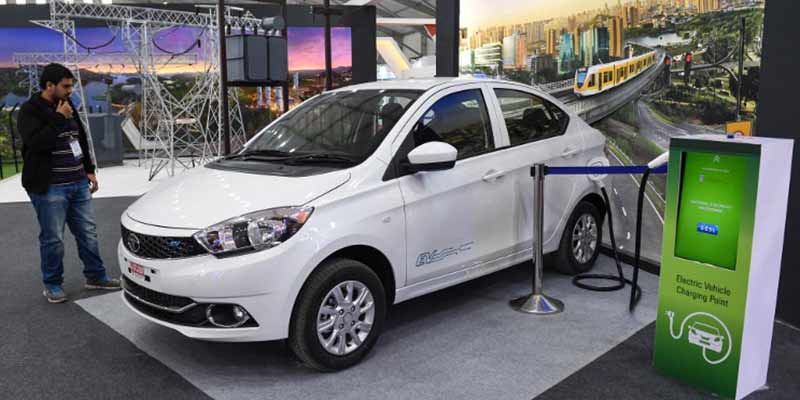- India
- Mar 02
Centre’s road map for electric vehicles
In a bid to boost the sale of electric and hybrid vehicles, the Central government has allotted Rs 10,000 crore for FAME India Phase II (Faster Adoption and Manufacturing of Hybrid & Electric Vehicles in India), a move that was cleared by the Union Cabinet on February 28. The scheme will be implemented over a period of three years with effect from April 1. “Through the scheme, it is planned to support 10 lakh electric two-wheelers, 5 lakh three-wheelers, 55,000 four-wheelers and 7,000 buses,” a statement said. It also proposes support for setting up of charging infrastructure, whereby about 2,700 charging stations will be set up in metros, cities with a million population, smart cities and cities in hilly states. The government aims to have 100 per cent electrification of public transport and 40 per cent of personal mobility by 2030.
What is the FAME scheme?
To reduce pollution and promote the sale of electric and hybrid vehicles, the department of heavy industry launched FAME India Phase I on April 1, 2015 with a total outlay of Rs 895 crore. It was initially planned for two years, but was later extended till the notification of Phase II. The scheme falls under the National Automotive Board and is part of the government’s National Mission on Electric Mobility. The main objective is to encourage faster adoption of electric and hybrid vehicles by way of offering upfront incentive on purchase and also by establishing charging infrastructure. It covers all segments - two-wheelers, three-wheeler autos, passenger four-wheelers, light commercial vehicles and buses.
The technologies that come under the scheme are mild hybrid, strong hybrid, plug-in hybrid and pure electric.
How has been the response?
Since the scheme’s inception, the government has given financial support (demand incentive) for about 266,811 electric/hybrid vehicles. As many as 119 vehicle models of 27 original equipment manufacturers (OEMs) got registered under the FAME India scheme for availing demand incentive. Several segments have been added so as to ensure that more people take advantage of this scheme. Support to fully electric buses have been added to support electrification of public transport. The department of heavy industry sanctioned 455 electric buses for nine cities in a pilot scheme launched on October 31, 2017, which drew interest from 44 cities seeking 3,144 e-buses.
Emphasis on charging infra
In Phase II, the emphasis will be on electrification of public transport that includes shared transport. Incentives on operational expenditure mode for electric buses will be delivered through state/city transport corporations. The scheme also proposes support for setting up of charging infrastructure, whereby about 2,700 charging stations will be set up across India. There will be availability of at least one charging station in a grid of 3x3 km. On major highways connecting major city clusters, charging stations will be established on both sides of the road at an interval of about 25 km each.
To encourage advanced technologies, the benefits of incentives will be extended to only those vehicles that are fitted with Lithium-ion batteries and other new-technology batteries.
What are stakeholders saying?
Many automobile firms have welcomed the government’s approach. Tata Motors said FAME Phase II would aid faster adoption of electric vehicles and also brings policy stability. “It brings clarity and policy stability in the industry, thus creating an environment for all the ecosystem players to commit to the journey of sustainability,” said Shailesh Chandra, president, Tata Motors Electric Mobility Business & Corporate Strategy. The company sees this as a key intervention in accelerating penetration of electric vehicles and realisation of the Centre’s Vision 2030.
Mahindra & Mahindra (M&M) said the scheme would encourage more manufacturers to launch green vehicles. “With this initiative, which has been launched for three years, concerns regarding the long-term policy have been settled. Therefore, the OEMs that are waiting and kind of watching will now probably come out and many more electric vehicles could be launched in India,” said M&M managing director Pawan Goenka.
Reduction in pollution/oil imports
The National Electric Mobility Mission, which was launched in 2012, estimates that for all vehicle segments, achieving the potential demand for electric vehicles (xEVs) of all ranges by 2020 could help result in the potential reduction of 1.3-1.5 per cent in CO2 emissions. It is also estimated that in 2020, total new vehicle sales of 6-7 million xEVs will result in total liquid fuel savings to the tune of 2.2-2.5 metric tonnes. This translates to savings of Rs 13-14,000 crore by 2020.

